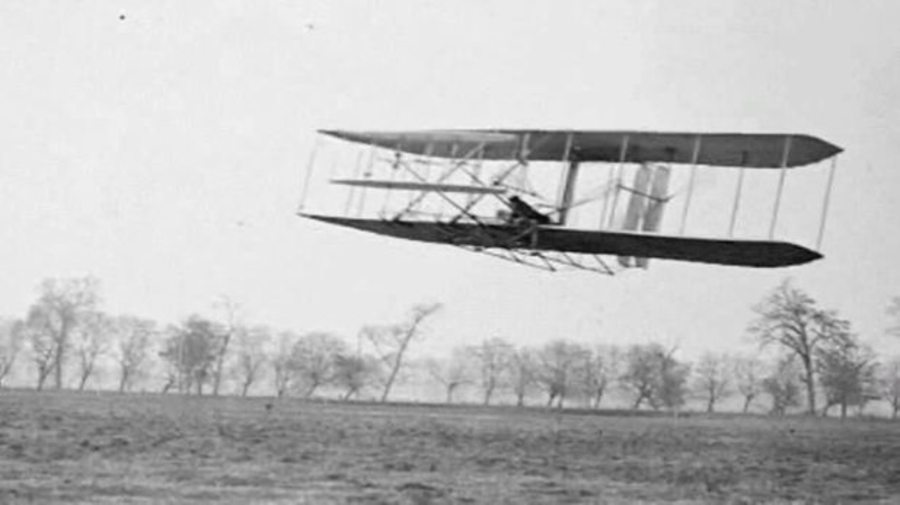
streaming video
|
Aeronautics – The Science of Flight
Copies
0 Total copies, 0 Copies are in,
0 Copies are out.
Digital Link
Authors
Language
English
Series







